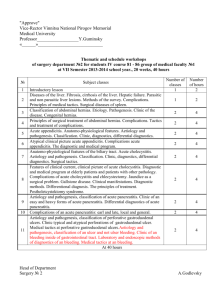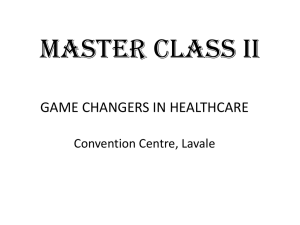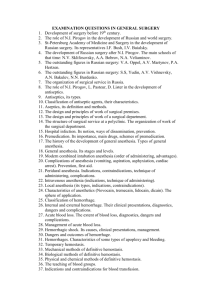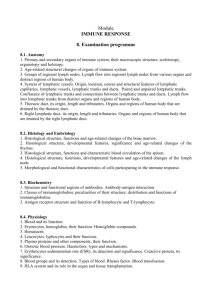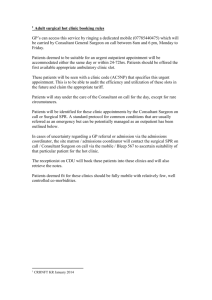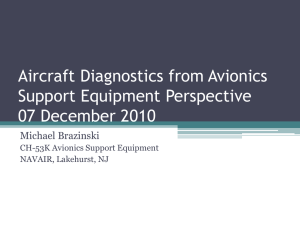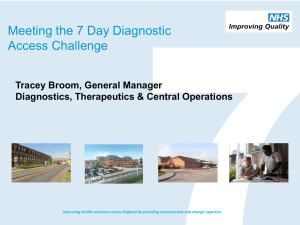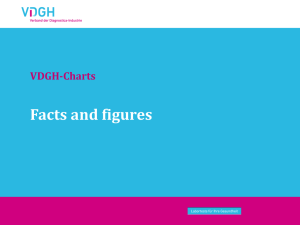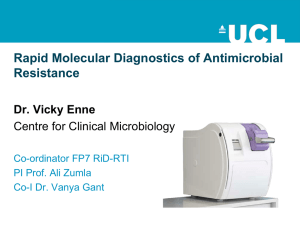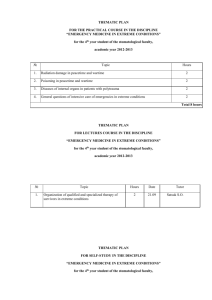Exam Questions - surgery3.kharkov.ua
advertisement
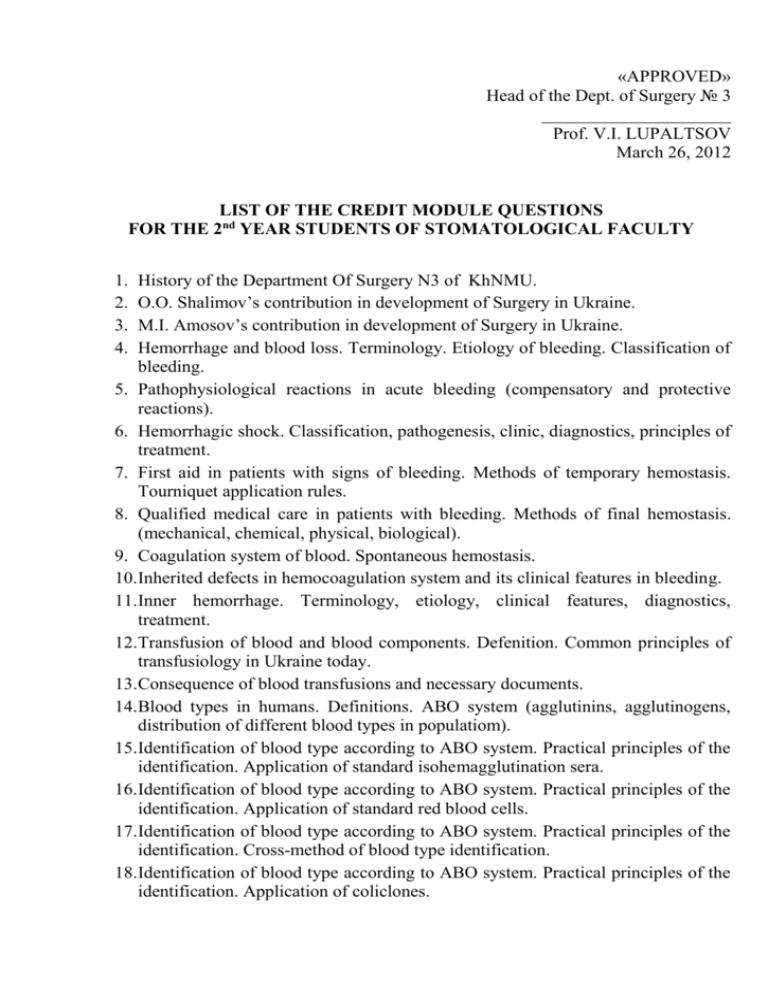
«APPROVED» Head of the Dept. of Surgery № 3 _____________________ Prof. V.I. LUPALTSOV March 26, 2012 LIST OF THE CREDIT MODULE QUESTIONS FOR THE 2nd YEAR STUDENTS OF STOMATOLOGICAL FACULTY 1. 2. 3. 4. History of the Department Of Surgery N3 of KhNMU. O.O. Shalimov’s contribution in development of Surgery in Ukraine. M.I. Amosov’s contribution in development of Surgery in Ukraine. Hemorrhage and blood loss. Terminology. Etiology of bleeding. Classification of bleeding. 5. Pathophysiological reactions in acute bleeding (compensatory and protective reactions). 6. Hemorrhagic shock. Classification, pathogenesis, clinic, diagnostics, principles of treatment. 7. First aid in patients with signs of bleeding. Methods of temporary hemostasis. Tourniquet application rules. 8. Qualified medical care in patients with bleeding. Methods of final hemostasis. (mechanical, chemical, physical, biological). 9. Coagulation system of blood. Spontaneous hemostasis. 10.Inherited defects in hemocoagulation system and its clinical features in bleeding. 11.Inner hemorrhage. Terminology, etiology, clinical features, diagnostics, treatment. 12.Transfusion of blood and blood components. Defenition. Common principles of transfusiology in Ukraine today. 13.Consequence of blood transfusions and necessary documents. 14.Blood types in humans. Definitions. ABO system (agglutinins, agglutinogens, distribution of different blood types in populatiom). 15.Identification of blood type according to ABO system. Practical principles of the identification. Application of standard isohemagglutination sera. 16.Identification of blood type according to ABO system. Practical principles of the identification. Application of standard red blood cells. 17.Identification of blood type according to ABO system. Practical principles of the identification. Cross-method of blood type identification. 18.Identification of blood type according to ABO system. Practical principles of the identification. Application of coliclones. 19.Rhesus-factor and its importance in blood transfusion. Methods of rhesus factor identification. 20.Compatibility tests for donors and recipients. The necessity of such tests. Consequence of compatibility tests. 21.Practical aspects of biological compatibility test. 22.Practical aspects of individual compatibility test. 23.Benefits of application of separate blood components. Transfusion of plateletcontaining components. 24.Benefits of application of separate blood components. Transfusion of leukocytecontaining components. 25.Benefits of application of separate blood components. Blood plasma compounds. Methods of preparation, conservation and period of validity. Indication for transfusion of separate blood plasma compounds. Rules of transfusion of blood plasma compounds. 26.Technique of transfusion of blood and blood components. Direct and indirect blood transfusion. 27.Autohemotransfusion and reinfusion. Intraoperative hemodilution. 28.Technical mistakes during transfusion of blood and blood components (air embolism, thromboembolism). Etiology, pathogenesis, clinics, diagnostics, treatment. 29.Side reactions and complications in transfusion of blood and blood components (definition, classification). 30.Complications after ABO-incompatible transfusion blood and blood components. Hemotransfusion shock (etiology, pathogenesis, clinic, diagnostics, principles of treatment). 31.Complications after Rhesus-factor-incompatible transfusion blood and blood components. Etiology, pathogenesis, clinic, diagnostics, treatment. Relativity of definitions of “universal donor and universal recipient”. 32.Posttransfusion reactions and non-hemolytic complications. 33.Posttransfusion reactions and connected with blood conservation and storage. 34.“Massive transfusion” syndrome (syndrome of homologic blood). Etiology, pathogenesis, clinics, diagnostics, treatment, prevention. Blood substitution solutions. Oxygen transporters (hemoglobin solution, fluorocarbohydrates). 35.Non-blood derivative infusion compounds. Classification. Main (electrolyte and saline solutions) 36. Compounds for enteral and pareneteral feeding of surgical patients. Detoxication infusion solution. 37.Features of transfusion therapy in critical state patients. Differential application of infusion compounds in hypovolemic shock. 38.Injury. Definition. Classification. Polytrauma. Combined trauma. 39.Structure of natural history of surgical patient. 2 40.Technique of examination of surgical patient (subjective examination). 41.Technique of examination of surgical patient (objective examination). 42.Contemporary laboratory and instrumental methods of examination of surgical patient. 43.Technique of establishment and formulation of diagnosis in surgical patient. 44.Traumatism: Types, features, social importance. Prevention of trauma. 45.Faintness: pathogenesis, clinic, first aid. 46.Collapse: pathogenesis, clinic, first aid. 47.Traumatic shock: phases, stages, first aid. 48.Blunt injuries of soft tissues: concussion, sprain, dilacerations. 49.Compression syndrome. Pathogenesis. Periods and clinical features. 50.Blunt cranio-cerebral injury: commotion, concussion. 51.Chest injury: classification, clinic, first aid and patient care. 52.Bone fracture: definition, classification, first aid (frame of Kramer, frame of Diterichs, pneumoframe, plastic frame, etc.) principles of treatment. 53.Luxation: etiology, classification, clinic, diagnostics, first aid and principles of treatment. 54.Burns. Classification. Identification of square of lesion. First aid. Patients care. Burn disease and its course: burn shock, toxemia, septicotoxemia. 55.Freezing injury: etiology, pathogenesis, classification. First aid in patients with freezing injury. Treatment and patient care. Definition of freezing and hypothermia. 56.Electric injury: Definition, pathophysiology. Local and systemic symptoms. First aid treatment and patient care. 57.Wounds. Definition, classification. Types of heeling of wounds. 58.Principles of treatment of non-infected wounds ( Suture: primary, primarytardive, secondary (early and late). Patient care. 59.Principles of treatment of infected wounds ( Suture: primary, primary-tardive, secondary (early and late). Patient care. 60.Methods of local management of purulent infected wounds ( physical, chemical, biological). Care after the patients with purulent wounds. 61.Premalignant diseases. Diagnostics, treatment. Benign tumors. 62.Malignant tumors. Basic information. Theory of pathogenesis. Stages of oncological disease and clinical groups of patients. International classification. Basic principles of cancer patient care. 63.Antiseptics and its development. Types of antiseptics: mechanical, physical, chemical, biological, combined. Groups of antiseptics, antibiotics, their action and application. 64.Aseptics. Source and types of infection. Endogenous and exogenous infection. 3 65.Prevention of contact and implantation infection. Surgical instruments: disinfection and sterilization. 66.Pretreatment of surgical field and surgeon’s hands for operation. Preoperative patients care. 67.Acute purulent infection ( specific and non-specific). Etiology, pathogenesis. Local tissue reaction. 68.Desmurgy: definition. Development of desmurgy. Materials used in desmurgy. 69.Basic types of bandage. 70.Furuncle: Clinics, diagnostics, complication, principles of treatment. 71.Carbuncle: Clinics, diagnostics, complication, principles of treatment. 72.Hydrodenitis: Clinics, diagnostics, complication, principles of treatment. 73.Lymphadenetis. Lympangitis. Etiology, clinic, diagnostics, principles of treatment. 74.Erysipelas. Classification, clinic, diagnostics, principles of treatment. 75.Soft tissues phlegmon: clinic, diagnostics, principles of treatment. 76.Soft tissues abscess: clinic, diagnostics, principles of treatment. 77.Acute lactation mastitis. Etiology, pathogenesis, diagnostics, treatment, prevention. 78.Acute paraproctitis. Etiology, pathogenesis, diagnostics, treatment, prevention. 79.Tetanus: etiology, classification, clinic, diagnostics, treatment. Specific and non specific prevention of tetanus. 80.Acute hematogenous osteomyelitis: etiology, classification, clinic, diagnostics, treatment. 81.Primary surgical forms of osteomyelitis (Oilier, Brodi, Gare): clinic, diagnostics, treatment. 82.Acute purulent infection. Sepsis. Symptoms, diagnostics, principles of treatment. 83.Anaerobic infection. Gas gangrene: Microbial pathogen, other contributing factors. 84.Reasons and types of tissue necrosis. 85.Dry and wet gangrene: clinic, diagnostics, treatment. 86.Trophic ulcers: etiology, clinical course, diagnostics, treatment, patients care. 87.Fistula: etiology, classification, diagnostics, treatment. 88.Decubitus: etiology, pathogenesis, clinic, patients care. 89.Acute purulent infection of fingers: classification, etiology, pathogenesis. 90.Panaritium: clinical signs, classification, principles of treatment, complication. 91.Purulent infection of serous cavities. Peritonitis: pathogenesis, classification. Principles of treatment. 92.Peritonitis: clinical signs, diagnostics. Basic principles of care of patients in severe condition. 93.Synovitis, bursitis: etiology, pathogenesis, clinic, treatment. 4 94.Organization and structure of surgical department. Patient care on admission. 95.Concept of activity of general surgery and specialized department and operation block. Basis of diagnostics and treatment strategy in acute appendicitis. 96.Sterility zones in operation room. Methods of aseptics in operation room. 97.Structure of surgical department in out-patient care clinic. Basis of diagnostics and treatment strategy in perforation of duodenal ulcer. 98.Surgical operation. Classification of surgical interventions. 99.Investigation and preoperative management of patient in preoperative period in planned abdominal surgery. 100. Investigation and preoperative management of patient in preoperative period in urgent abdominal surgery. 101. Pretreatment of operation field. 102. Preoperative management of patient in planned and urgent abdominal surgery. Basis of diagnostics and treatment strategy in acute cholecystitis. 103. Surgical operation. Minimal-invasive surgery. Pretreatment of surgeon’s hands. Patient care in operation room. 104. Methods of temporary and final hemostasis during surgical operation. Basis of diagnostics and treatment strategy in incarceration of abdominal hernia. 105. Early, late and long-term morbidity in postoperative period. Basic principles of care of patients in early postoperative period. 106. Inborn anatomical defects. Surgical correction. Loxia. 107. Plastic and reconstructive surgery: basic comprehension. Methods of translocation of tissue defect, types of skin flaps. 108. Methods and types of anesthesia (superficial, infiltration, conduction, intravenous, intraossal, general). Indications. Principles of performance. 109. Endotracheal narcosis: Technique and instruments. 110. Basic complication of tracheal intubation. 111. Critical and terminal state: shock, preagony. Pathogenesis. Clinical features. 112. Critical and terminal state: agony? Clinical death. Definition. Pathogenesis. Clinic features. 113. Cardio-pulmonary resuscitation: basic principles. 5 PRACTICAL SKILLS 1. Application of “galea” bandage. 2. Application of Hypocrate bandage. 3. Application of bandage on the occipital area. 4. Application of bandage on both eyes. 5. Application of “halter” bandage. 6. Application of “fundiform” bandage. 7. Application of Deso bandage. 8. Application of Velpo bandage. 9. Application of bandage on the mammary gland. 10.Application of occlusive bandage in case of penetrating wound of the thorax. 11.Application of bandage on the shoulder-joint. 12.Application of the testudinate bandage on the elbow joint. 13.Application of “The knight’s glove” bandage. 14.Application of glove-bandage on the wrist and fingers. 15.Identification of blood type and Rh - factor. 16.Identification of individual and Rh- compatibility. 17.Macroscopic evaluation of donor’s blood validity. 18.Control of arterial bleeding by finger pressing (acupressure). 19.Control of arterial bleeding of the forearm using the tourniquet. 20.Control of arterial bleeding of the forearm and shoulder using the garrot. 21.Choose instruments for the ligation of blood vessels. 22.X-ray diagnostics of fractures. 23.X-ray diagnostics of osteomyelitis and bone tuberculosis. 24.Perform CPR (compalsory pulmonary resuscitation ) on the manikin. 25.Transport immobilization of upper and lower limbs. 6

